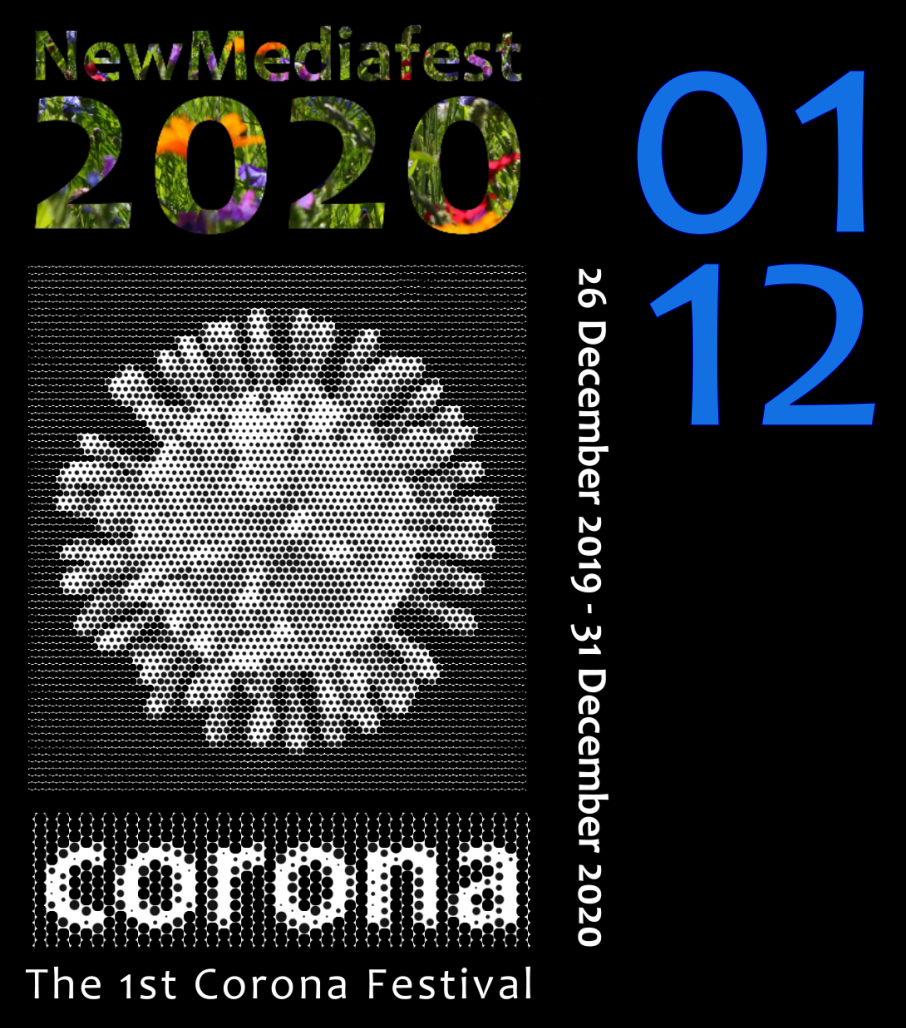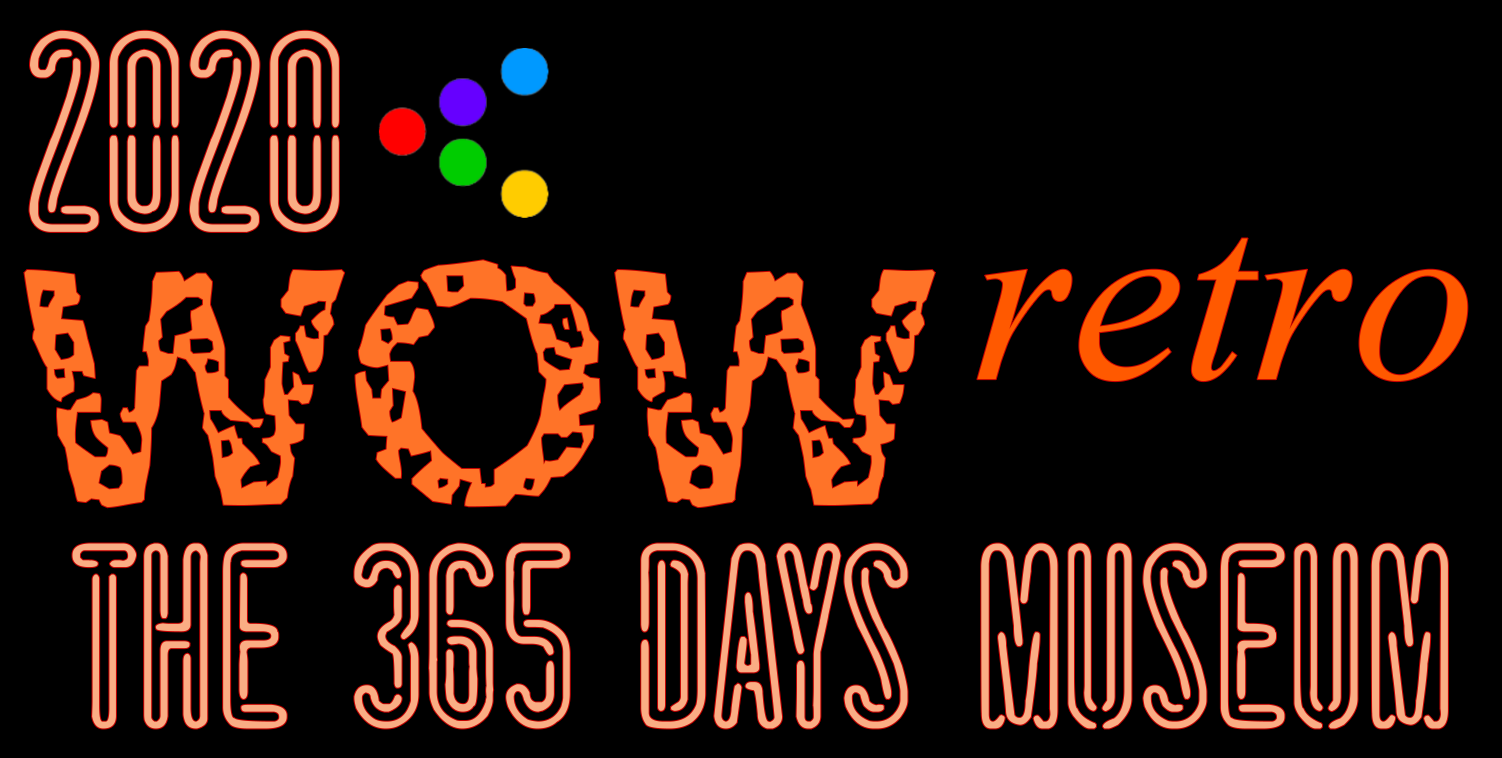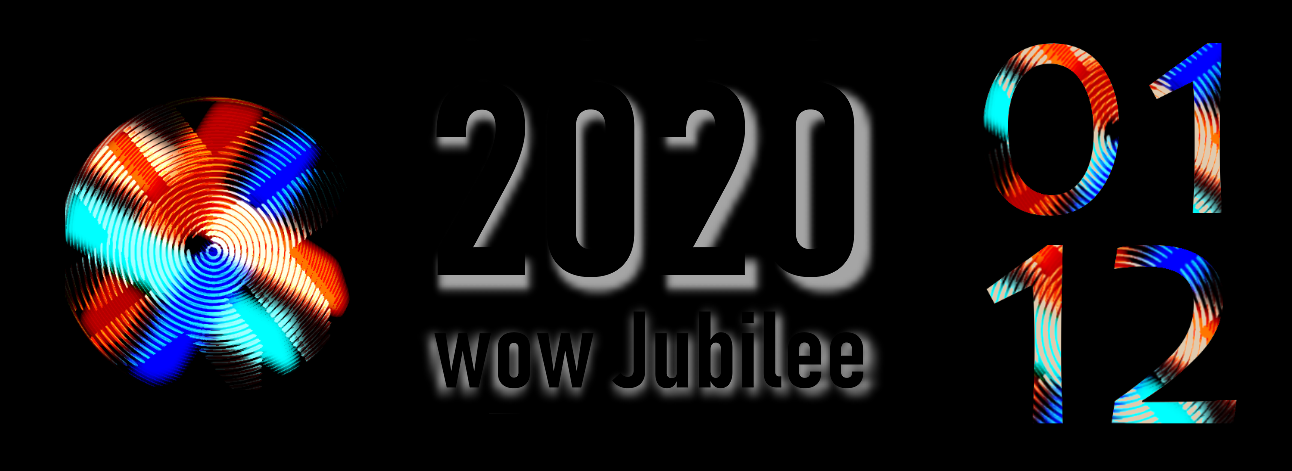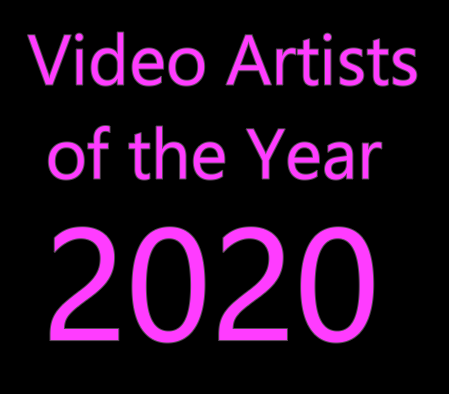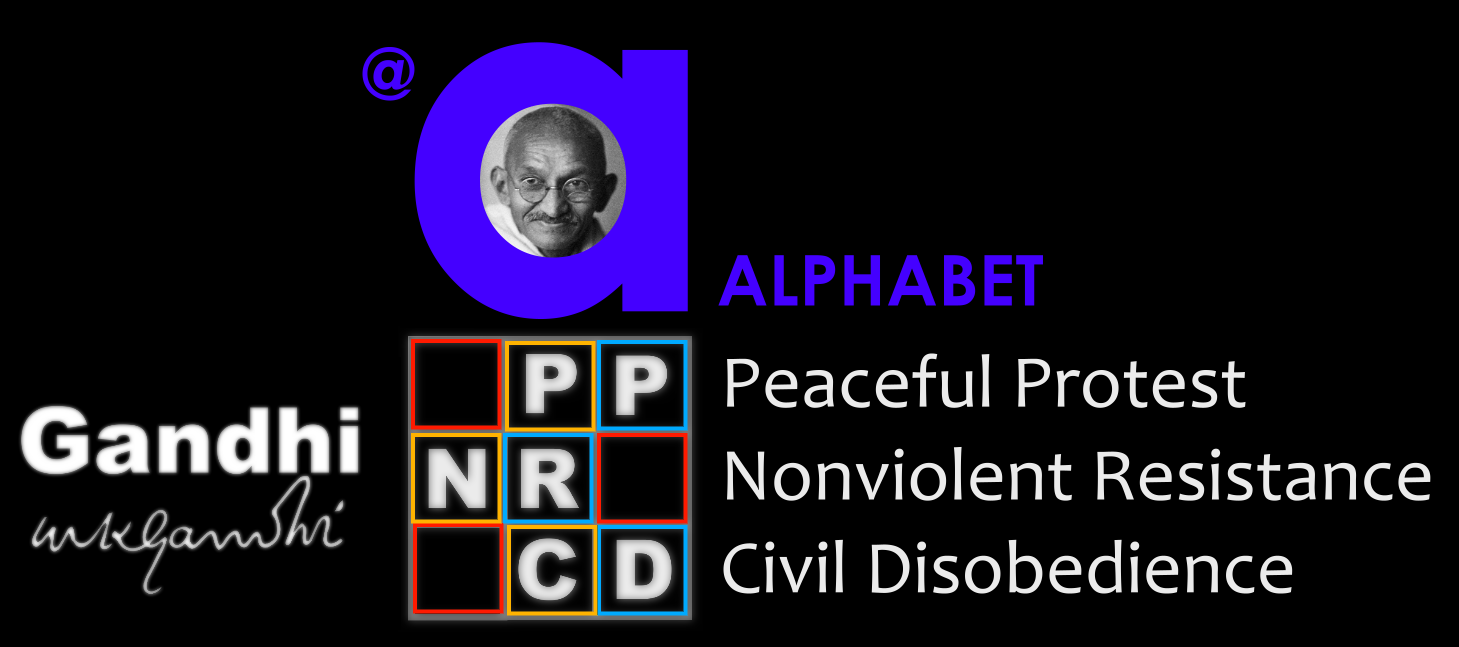video feature
Videoartist of the Month December 2020
Susanne Wiegner


Video Artist of the Month December 2020 –
Susanne Wiegner

Susanne Wiegner is the 3rd artist who started her collaboration with CologneOFF in 2010 and the 3rd of them who is honoured as the Videoartist of the Month December 2020. I am happy, how individual these three artists are in their expression and the use of the medium video. Susanne has a different approach by combining the 3D animations with poems by different poets working in German language, often her works are based and inspired by poems by Robert Lax, in each case the 3D animation is corresponding and communicating very intuitively with the poetic works and words which make her videos extraordinary fascinating. The combiniation of the fictive footage with poetry is generating a particular sensual perception.
The feature is including 13 videos created and submitted between 2010 and 2020, and like in the cases of the previously honoured fellow artists, the selection of these 13 works is giving a representative overview of 29 video projects in total.
It was a pleasure to have the chance to follow Susanne’s artistic development during more than 10 years, and I hope she will share her artistic poetic view on the world with the audience, the artists fellows and me as a curator also during the next following 10 years. Bravo Susanne – and all the best for a bright artistic future!

> see Susanne’s videos featured as a screening program @ Alphabet Cinema N
List of 13 featured videos





